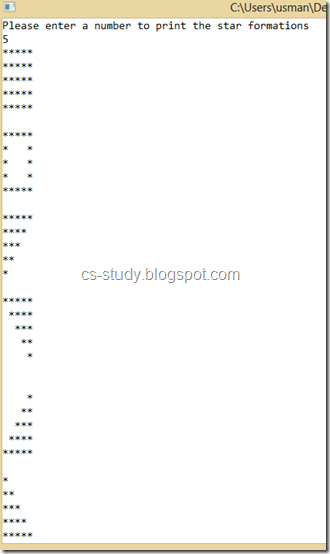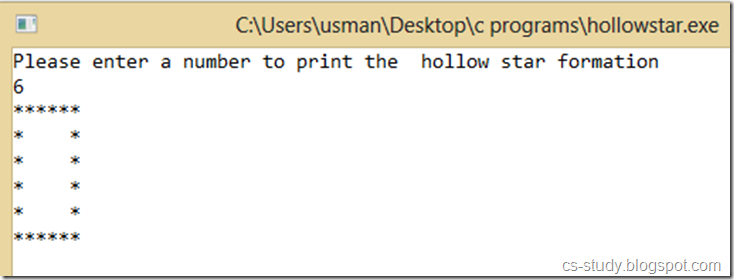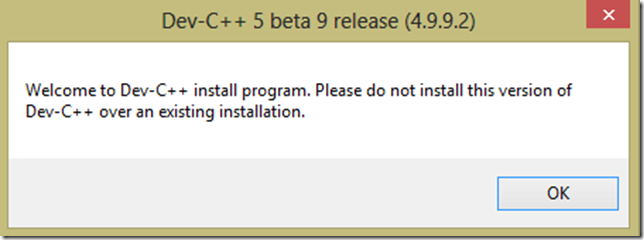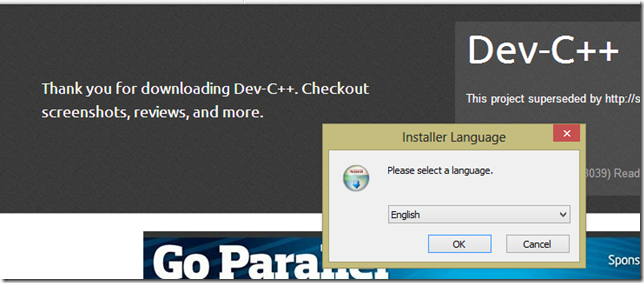include "stdlib.h"
include "conio.h"
void del(int data);
void insert(int value);
void display();
struct node
{
int data;
struct node *link;
};
struct node *top=NULL,*temp, *temp1, *temp2, *temp3;
int main()
{
int choice,data;
while(1) //infinite loop is used to insert/delete infinite number of elements in linked list
{
printf("\n1.Insert\n2.Delete\n3.Display\n4.Exit\n");
printf("\nEnter ur choice:");
scanf("%d",&choice);
switch(choice)
{
case 1:
printf("Enter a new element :");
scanf("%d",&data);
insert(data);
break;
case 2:
printf("Enter the value to be deleted from sorted linked list :");
scanf("%d",&data);
del(data);
break;
case 3:
display();
break;
case 4:
exit(0);
}
}
getch();
return 0;
}
void insert(int data)
{
temp=(struct node *)malloc(sizeof(struct node));
temp->data=data;
if(top == NULL)
{
temp->link=NULL;
top=temp;
}
else // top not null
{
temp1 = top ;
while(temp1 != NULL)
{
if(temp1->data >= data) // list element is smaller ...
{
if(temp1 == top) // list element is head ...
{
temp->link = temp1;
top = temp;
break;
}
else // list element is not head ..
{
temp->link = temp1;
temp2->link = temp;
break;
}
}
else
{
if(temp1->link == NULL)
{
temp->link = NULL;
temp1->link = temp;
break;
}
else
{
temp2 = temp1;
temp1 = temp1->link;
}
}
}
}
// creating a space for the new element.
}
void del(int data)
{
struct node *temp,*var;
temp=top;
int i=0;
while(temp!=NULL)
{
if(temp->data == data)
{ i = 1; // Flag ..
if(temp==top)
{
top=temp->link;
free(temp);
break;
}
else
{
var->link=temp->link;
free(temp);
break;
}
}
else
{
var=temp;
temp=temp->link;
}
}
if(i == 1)
{
printf("data deleted from list is %d",data);
}
else
{
printf("\n The required data, %d is not found in the list. go look somewhere else",data);
}
}
void display()
{
temp=top;
if(temp==NULL)
{
printf("\nStack is empty\n");
}
while(temp!=NULL)
{
printf(" %d ->",temp->data);
temp=temp->link;
}
}






